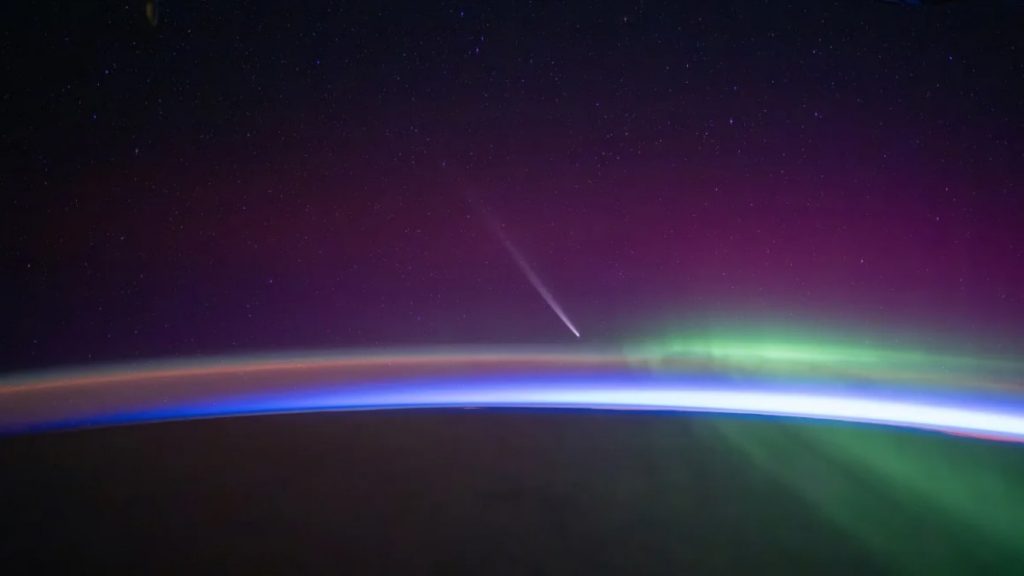Rare Comet Tsuchinshan-ATLAS Returns to Earth After 80,000 Years

The comet Tsuchinshan-ATLAS, also known as C/2023 A3, has become a stunning sight for observers in the Northern Hemisphere since October 11, 2024. After a long journey that began tens of thousands of years ago, this celestial body has recently passed near the Sun and is now making its way back towards Earth. It cane closest to our planet on October 12, coming within 44 million miles. However, this entire week astronomy enthusiasts can catch a sight of the comet in the evening skies. This is an excellent opportunity for skywatchers to catch a glimpse of this bright visitor.
Viewing the Comet
Astronomy enthusiasts looking to spot the comet should plan to do so shortly after sunset. On October 11, it was visible low on the western horizon, appearing just above the bright planet Venus. Bob King, contributing editor at Sky & Telescope, suggests using binoculars for a better view of this celestial phenomenon. About 40 minutes post-sunset, head to a location with an unobstructed view of the western horizon. From there, locate Venus and move about two and a half fists to the right to find the comet.
Best Days for Observation
The visibility of Tsuchinshan-ATLAS will improve significantly over the weekend. By October 12, the comet has risen higher in the sky, and it will now remain visible for a longer duration into twilight. By the evening of October 14, it will be positioned two fists above Venus for viewers in the northern United States. As the week progresses, conditions for viewing will become more favourable, even with some interference from moonlight.
Origins of the Comet
This comet was discovered independently by teams from China’s Purple Mountain Observatory and South Africa’s Asteroid Terrestrial-impact Last Alert System in early 2023. Its nucleus, a solid body composed of ice and dust, originated from the distant Oort Cloud. As it approaches the Sun, the heat causes the ice to evaporate, creating a spectacular tail that can extend for millions of miles.
The comet is expected to fade and become invisible to the naked eye by the end of October, although binoculars may still reveal it into early November. Once it departs from our vicinity, it will continue its journey into the outer solar system, likely never to return.




